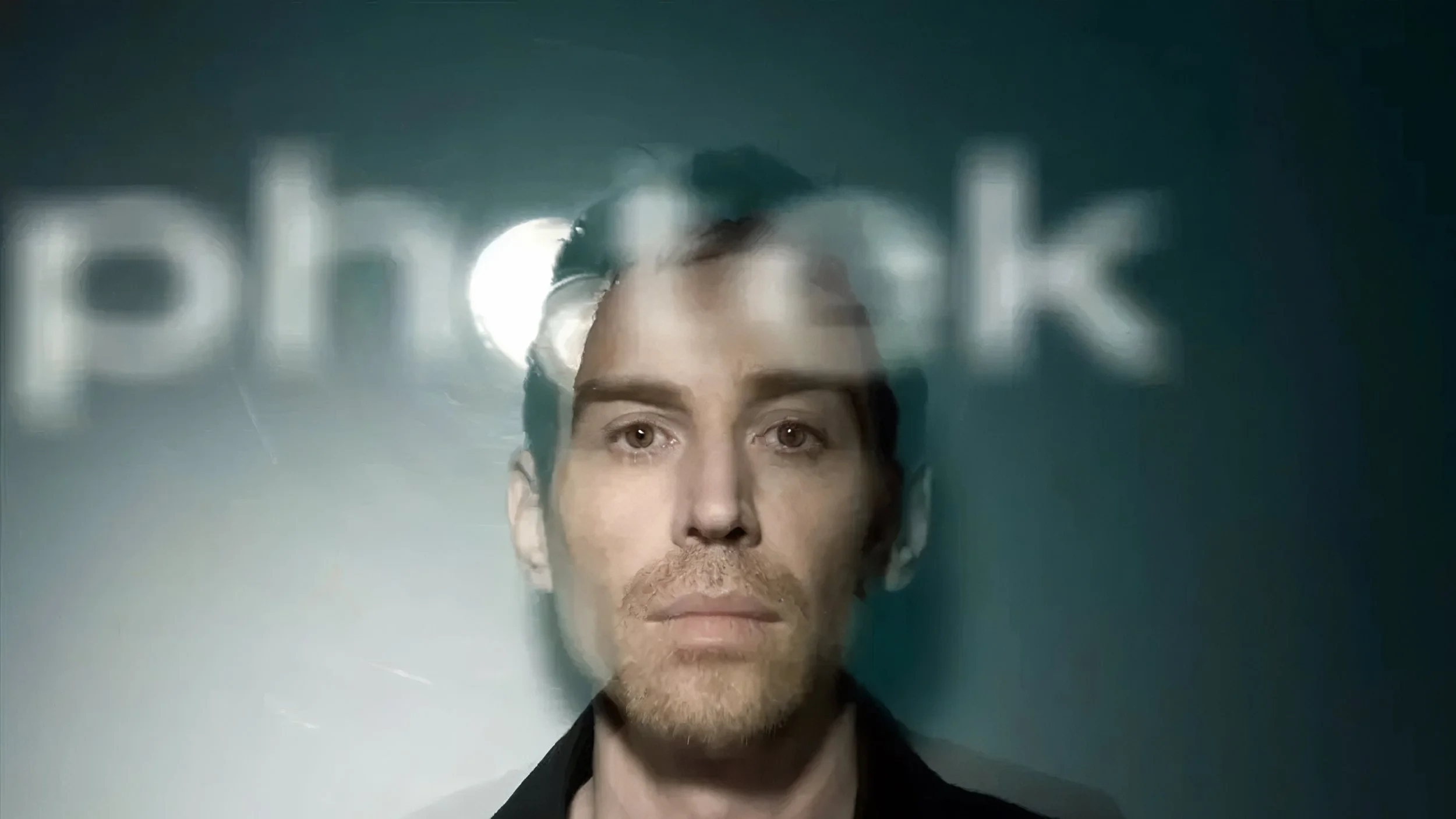
Photek
Name & Pronunciation: Rupert Parkes (born Rupert Parkes) - pronounced FOH-tek.
Years Active & Status: 1992 to Present (active)
Origin & Heritage: Born in St Albans, Hertfordshire; raised in Ipswich, Suffolk, England; British with formative influences from UK rave, jungle and Caribbean sound-system culture.
Hook: Rupert Parkes, a.k.a. Photek, is one of the defining architects of precision-driven jungle and drum and bass whose forensic studio techniques and love of cinematic textures recast the rhythms of UK bass music into a stark, immersive sound that has influenced producers across electronic, reggae-inflected bass music and modern EDM production.
Motto/Tagline: "Precision builds tension. Space is the instrument."
BIOGRAPHY
Rupert Parkes adopted the Photek name in the mid-1990s and quickly became a central figure in the UK jungle and drum and bass underground. Emerging from the same era that produced Goldie and LTJ Bukem, Parkes stood out for his lean, martial approach to percussion and an obsessive focus on micro-editing. Early 12" releases and EPs on independent labels built him a reputation as a producer who could make small sounds feel enormous and who treated silence and negative space as core compositional tools.
Photek’s 1997 album marked the point where his studio methodology and musical ideas coalesced into full-length form. The record combined surgical breakwork, foley-style sound design, and a restrained, cinematic sense of mood that set him apart from peers pursuing maximalist club aggression. Through the late 1990s and early 2000s, he expanded his palette, releasing compilations and a more house and techno-informed album that demonstrated his willingness to push beyond the genre box.
Across the 2000s and 2010s, Parkes balanced production work, film and television scoring, and selective dancefloor releases. He moved between composing for the screen and making records, which sharpened his sense of narrative in music. When he returned with later albums and EPs, he did so as a producer who brought filmic structure to electronic tracks, integrating vocal collaborations and wider harmonic ideas while retaining a trademark rhythmic rigidity.
Today, Photek operates between Los Angeles and international studios, still releasing records, DJing selectively, and composing for film and games. His output continues to be cited by producers in drum and bass, dubstep, and hybrid reggae-bass scenes for its combination of engineering rigor and evocative atmosphere.
REGGAEEDM ANALYSIS
Reggae Roots
Rhythm: Photek’s approach to rhythm borrows the displaced, syncopated feel of reggae and dub but translates it into finely chopped breakbeats. He often uses off-kilter snare placements and ghosted hi-hat patterns to create a push-and-pull that mirrors reggae’s laid-back pocket while keeping the momentum of drum and bass.
Bass: His bass work favors subsonic power and textural control. Instead of overtly melodic basslines, Parkes often crafts bass as an architectural element—long sustained tones, filtered sub-bass hits and carefully gated low end that interact with kick transients for maximum physical impact.
Vocals/Message: Photek’s music is primarily instrumental, but when vocals appear they are used sparingly and as atmospheric or narrative devices rather than as lead hooks. The messaging is more cinematic than overtly political, using voices to punctuate mood rather than to deliver slogans.
Electronic/EDM Techniques
Micro-editing & Break-sculpting: Photek builds complex rhythms by slicing single drum hits and rearranging them to make entirely new breaks. His edits are microscopic and rhythmically precise, producing the illusion of impossibly intricate patterns.
Foley-derived Sound Design: He routinely incorporates recorded non-musical sounds—metal, glass, water drops—and processes them into percussive or textural elements. This gives tracks a tactile, cinematic quality.
Spatial Dynamics & Subtractive Arrangement: Parkes composes with space as an active element, using subtraction, narrow-band filtering, and reverb geometry to direct attention. Mix decisions are compositional choices, shaping the listener’s perceived depth rather than merely balancing frequencies.
Essential Works & What to Listen For
"Ni-Ten-Ichi-Ryu" (1995): Listen for the razor-sharp snare edits and the way single drum hits are arranged as rhythmic motifs; a masterclass in micro-timing.
Modus Operandi (1997): Parkes’ definitive drum and bass statement that fuses claustrophobic atmospheres, surgical drum programming and cinematic tension. Hear the sparse use of melody and the emphasis on negative space.
"Mine To Give" (2000): A crossover single featuring Robert Owens that shows Photek’s ability to write wider, house-inflected arrangements while maintaining bass weight and groove.
Solaris (2000): An experimental pivot toward techno and house influences; listen for extended song structures, vocal collaborations, and deeper harmonic material.
KU:PALM (2012): A return-to-form album that blends modern production polish with Photek’s trademark precision; notable for textural variety and compositionally driven tracks.
Influence on ReggaeEDM
Innovations: Photek pioneered extreme micro-editing of breakbeats and the integration of foley sound-design into dancefloor contexts, techniques that have been absorbed into modern bass and hybrid reggae productions.
Impact: His insistence on space, clarity and engineering detail influenced a generation of producers who fuse reggae-derivative grooves with electronic production values, helping to raise the standard for arrangement and mixcraft in UK bass music.
RECOMMENDED ALBUMS
Modus Operandi (1997)
Spotify: https://open.spotify.com/album/20SMwxVrMXrevEy2qexGmm?source=reggaeedm.com
Key tracks: "Ni-Ten-Ichi-Ryu," "The Hidden Camera," "Minotaur"
Notes: Photek’s breakthrough full-length that defined his surgical, cinematic approach to drum and bass.Form & Function (1998)
Spotify: https://open.spotify.com/album/52ifAormiYPuu3ZDrRGOOm?source=reggaeedm.com
Key tracks: "The Seven Samurai," "Knitevision," "UFO"
Notes: A collection that pairs remixes and originals, collecting some of his most influential 12" work and showing the range of his production across single releases.Solaris (2000)
Spotify: https://open.spotify.com/album/3gHlQ2mYGcwVoqnhcVQUCo?source=reggaeedm.com
Key tracks: "Mine To Give," "Can't Come Down," "Solaris"
Notes: A stylistic pivot embracing house and techno elements while retaining Photek’s emphasis on texture and rhythmic precision.Form & Function Vol. 2 (2007)
Spotify: https://open.spotify.com/album/5iQVHsipnQgAwSMhrMCSA0?source=reggaeedm.com
Key tracks: "Industry Of Noise," "Love & War," "One Nation"
Notes: A curated collection of dubplates, remixes and unreleased material that bridges his 1990s output with later work.KU:PALM (2012)
Spotify: https://open.spotify.com/album/2eGMoG8k6kEdieZXoEg1NZ?source=reggaeedm.com
Key tracks: "Signals," "Quadrant," "Aviator"
Notes: A later album that reasserts Photek’s compositional focus and modern production techniques while nodding to his cinematic instincts.







